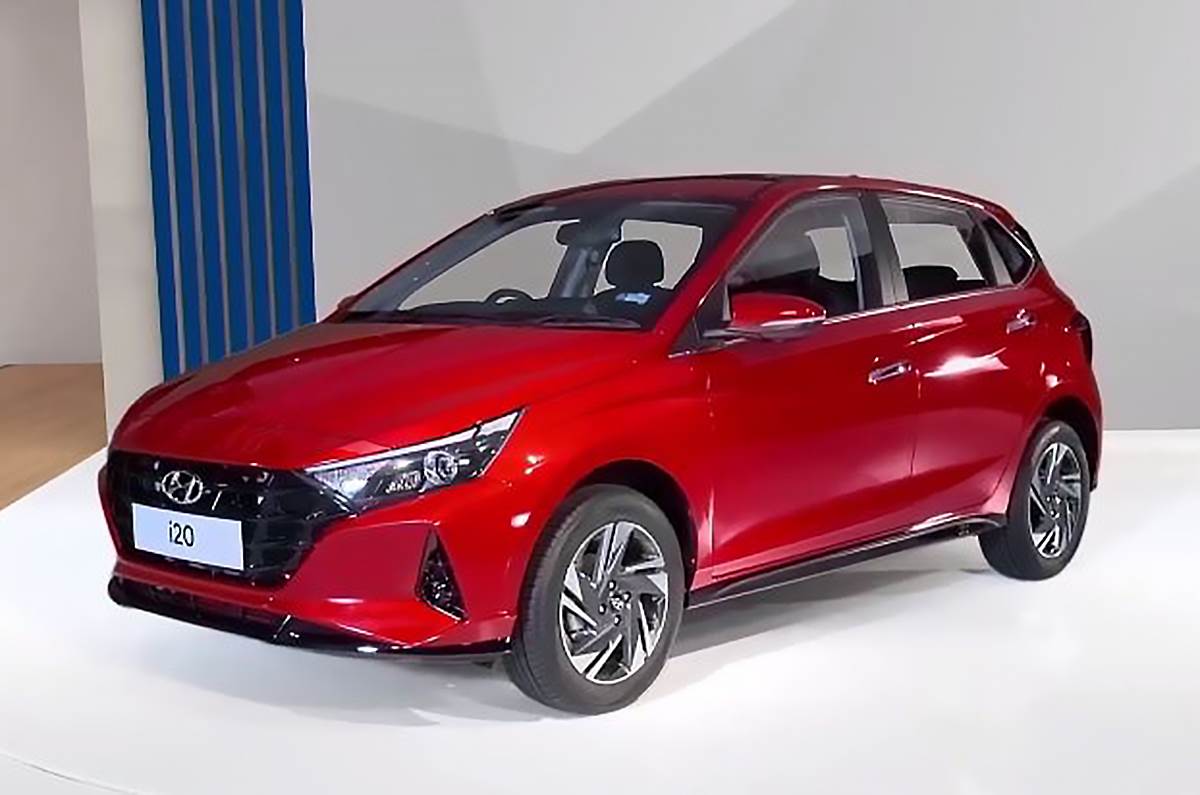Hyundai has launched the new third-gen i20 in India with price starting from Rs 6.80 lakh, but its quite expensive towards the top-end with prices going up to Rs 11.18 lakh. Here’s every detail of the new Hyundai i20 you might want to know.
Hyundai has finally launched the new third-gen i20 in India with prices starting from Rs 6.80 lakh. Available with a wide range of engine and gearbox options and a plethora of features, the new i20 however gets quite expensive towards the top-end. The top-spec turbo-petrol Asta(O) variant has been priced at Rs 11.18 lakh and that’s quite a lot for a hatchback. In fact, the new i20 now overlaps prices with the Venue and even the Verna. Here’s a variant-wise price breakup of the new third-gen Hyundai i20 in India. These prices are still introductory and only valid till December 31, 2020.
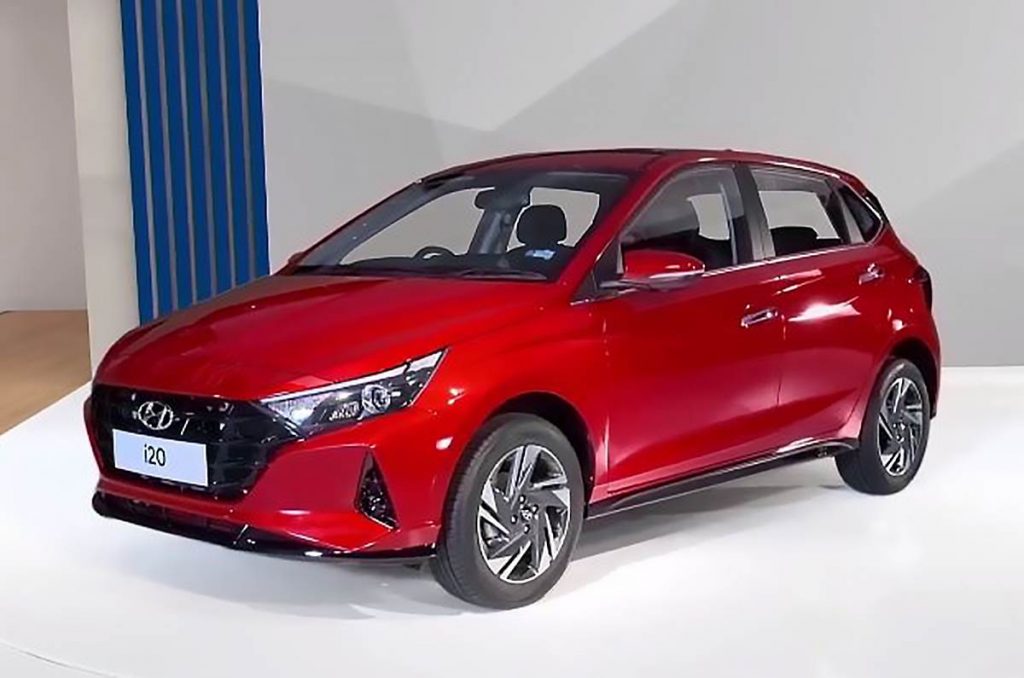
2020 Hyundai i20 Variant-Wise Price Details
| Powertrain | Magna | Sportz | Asta | Asta (O) |
| 1.2l Petrol MT | Rs 6.80 lakh | Rs 7.60 lakh | Rs 8.70 lakh | Rs 9.20 lakh |
| 1.2l Petrol CVT | Rs 8.60 lakh | Rs 9.70 lakh | ||
| 1.0l Turbo-petrol iMT | Rs 8.80 lakh | Rs 9.90 lakh | ||
| 1.0l Turbo-petrol DCT | Rs 10.67 lakh | Rs 11.18 lakh | ||
| 1.5l Diesel MT | Rs 8.20 lakh | Rs 9.00 lakh | Rs 10.60 lakh |
The new i20 is available in four trims – Magna, Sportz, Asta, Asta(O). The base Magna trim is offered with the 1.2L petrol and 1.5L diesel engines but these can only be had with the manual gearboxes. From the Sportz variant, you get the option of all three engines and you can even opt for an automatic CVT gearbox with the 1.2L petrol engine. There’s also the option of the iMT gearbox with the 1.0L turbo-petrol engine. The DCT gearbox has however been kept reserved for the top-spec variants.
Interestingly, Hyundai is not offering the diesel engine on the higher-spec Asta variant and that’s somewhat of a miss. The Asta variant is however available with both the petrol engines with all gearbox options, giving it the widest variety of choices. On the top-spec Asta(O) variant, Hyundai is again offering all three engine options but an automatic DCT gearbox can only be had with the 1.0L turbo-petrol engine.
2020 Hyundai i20 Engine Specifications
| Engine | 1.2L, Naturally Aspirated Petrol Engine | 1.5L Turbocharged Diesel Engine | 1.0L Turbocharged Petrol Engine |
| Power/Torque | 84 BHP/113 Nm | 100 BHP/240 Nm | 120 BHP/172 Nm |
| Transmission | 5-speed manual / CVT | 6-speed MT | 6-speed iMT / 7-speed DCT |
With the new i20, Hyundai is continuing the 1.2 liter four-cylinder naturally aspirated petrol engine. This engine had already been made BS6 complaint in the previous-gen i20 and it has been carried forward unchanged on the next-gen car. Apart from that, the hatchback gets two completely new engines.
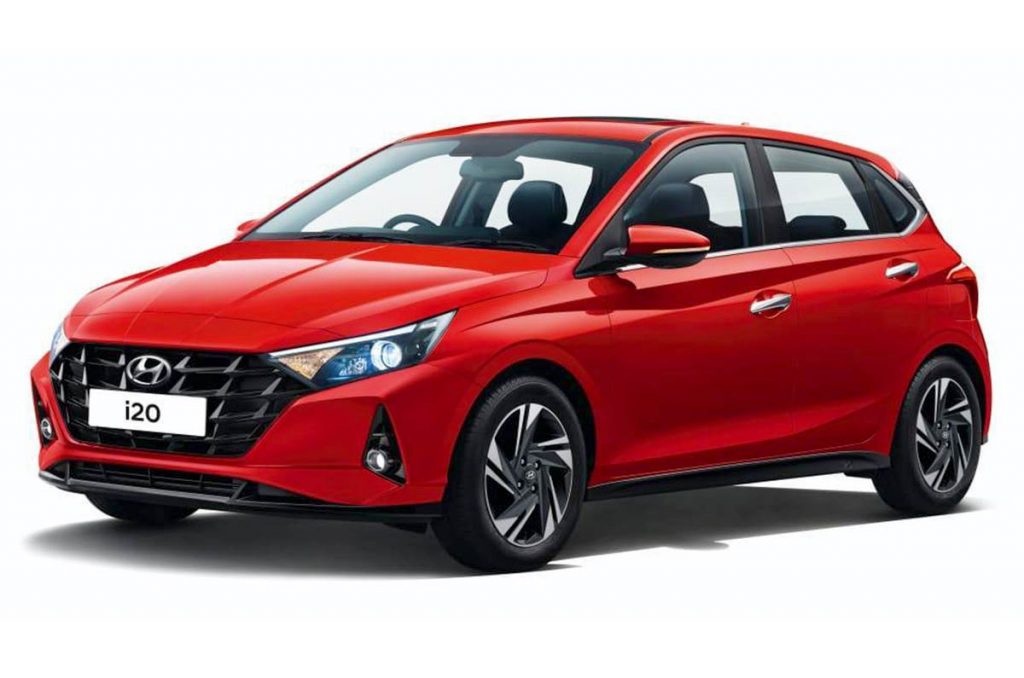
Hyundai has introduced the new 1.5 liter diesel engine on the i20. The older 1.4 liter diesel mill has already been discontinued and it was not updated to comply with the BS6 norms. This new 1.5L diesel engine is the same engine that also does duty on the Venue, the Verna facelift and even the Creta and Seltos. There is also the new 1.0 liter turbo petrol engine that’s doing duty on most new Hyundai cars, in the same state of tune as the Venue. While both the petrol engines get the option of a manual (or semi-manual) and automatic gearbox, the diesel i20 sadly misses out on the option of an automatic gearbox.
Fuel Economy Figures (ARAI-Certified)
| Powertrain | Fuel Efficiency (ARAI-Certified) |
| 1.2-litre Petrol MT | 21 kmpl |
| 1.2-litre Petrol CVT | 19.65 kmpl |
| 1.0-litre Turbo-Petrol iMT | 20 kmpl |
| 1.0-litre Turbo-Petrol DCT | 20.28 kmpl |
| 1.5-litre Diesel MT | 25 kmpl |
The ARAI-certified fuel economy figures are pretty steep here and the real world mileage will be quite different from what’s being claimed. It still gives us a fair idea of what to expect. And unsurprisingly, it is the diesel-manual variant of the i20 that is the most frugal of the lot followed by the 1.2L petrol-manual. The fuel economy from the turbo-petrol engine is also pretty close to the naturally aspirated petrol engine with both the gearbox options. The petrol-CVT is however the least frugal of the lot, and that’s typical to CVT gearboxes.
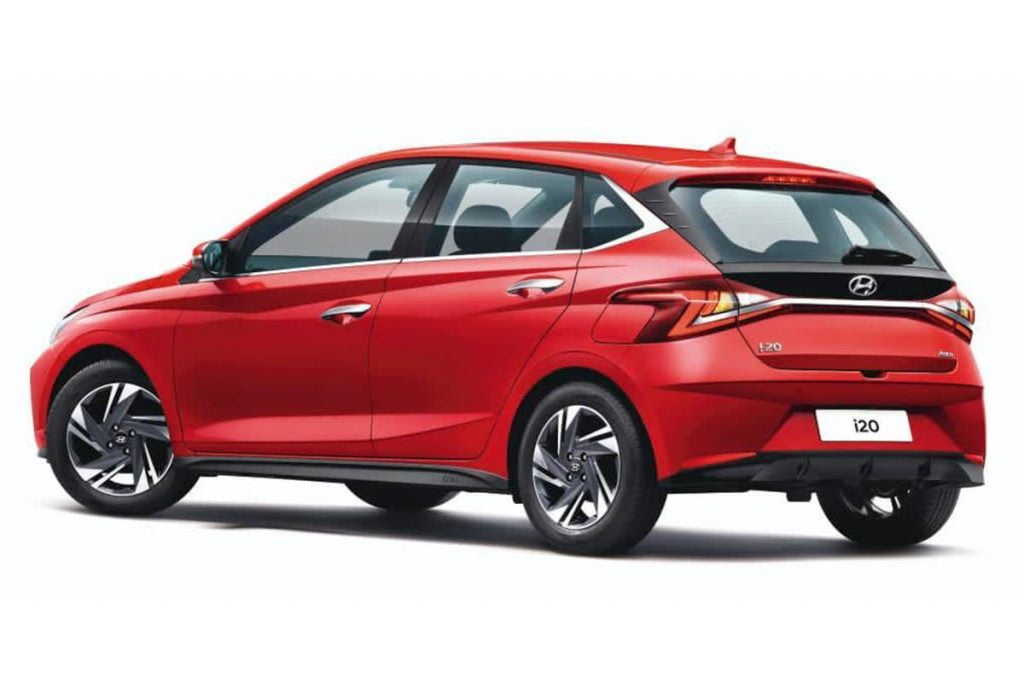
2020 Hyundai i20 Exterior Design
First impressions indicate that the new 2020 Hyundai i20 is more premium and even sportier looking than the outgoing version. There’s a complete makeover in terms of design. At the front, it flaunts the large cascading grille and new sleek headlamps with hook-shaped LED DRLs. The international-spec i20 gets full-LED headlights while the India-spec model gets projector lamps only. The front and rear bumpers have been reshaped to give a sharper look. Even the electric ORVMs are completely new and look great.
The new i20 gets refreshed 16-inch dual-tone alloy wheels. At the back, there is the new Z-shaped LED tail lamp that looks quite upmarket. Also, there’s a subtle front splitter on the front bumper and a faux-diffuser on the rear bumper. The dual-tone finish of the tail gate and the chrome garnish that runs along the window line are particularly very attractive features. There’s also a lot of sharp character lines on the side profile, which further accentuates the sporty character.
Hyundai i20 Interior Design
First up, there’s the new four-spoke steering wheels which is identical to the one on the India-spec Creta SUV. The steering features controls for the audio system, the cruise control and also for a new fully-digital instrument cluster. The 10.25-inch digital instrument console is different from the international-spec model and identical to the India-spec Verna. Further, the dashboard also gets a 10.25-inch touchscreen infotainment system which comes connected with the instrument binnacle.
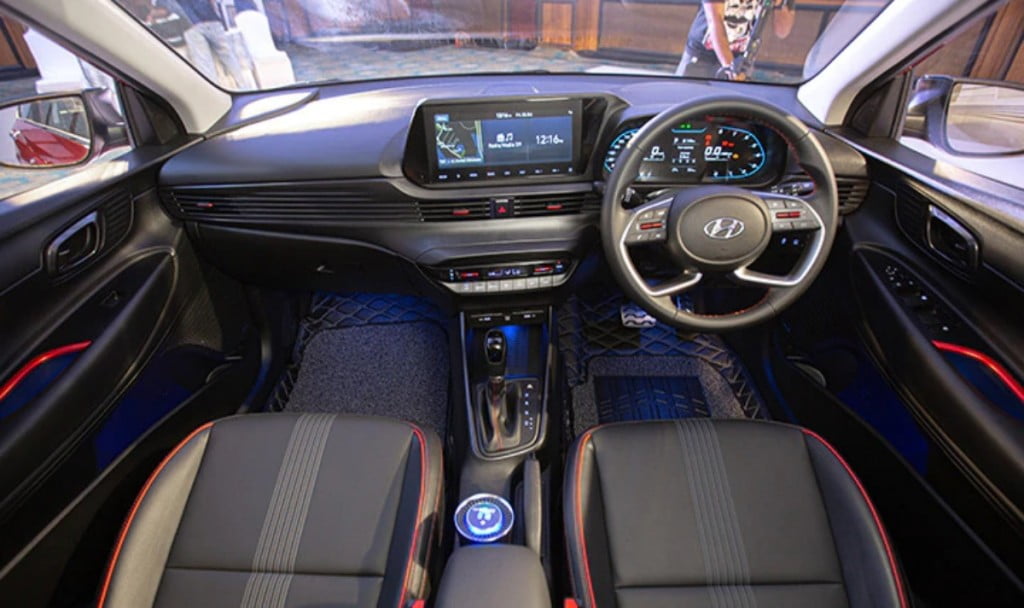
Below the infotainment screen, there’s a panel with horizontal blades running the length of the dashboard and very cleverly also houses the AC vents, making it look like one continuous AC vent. You also notice similar blades around the door handles and along the door pockets. The layered dashboard then has a stack of buttons below the AC vents for the HVAC system and it also has multiple USB ports and a wireless charging pad located just ahead of the gear lever.
Hyundai i20 Features
- 10.25-inch touchscreen infotainment system
- Android Auto, Apple CarPlay and Voice Assist
- Hyundai’s BlueLink connected-car technology
- Cruise Control
- Four-spoke steering wheels
- Automatic Climate Control
- Fully-Digital Instrument Cluster
- Rear AC Vents
- Ambient Lighting
- Wireless Smartphone Charging
- Bose Audio System
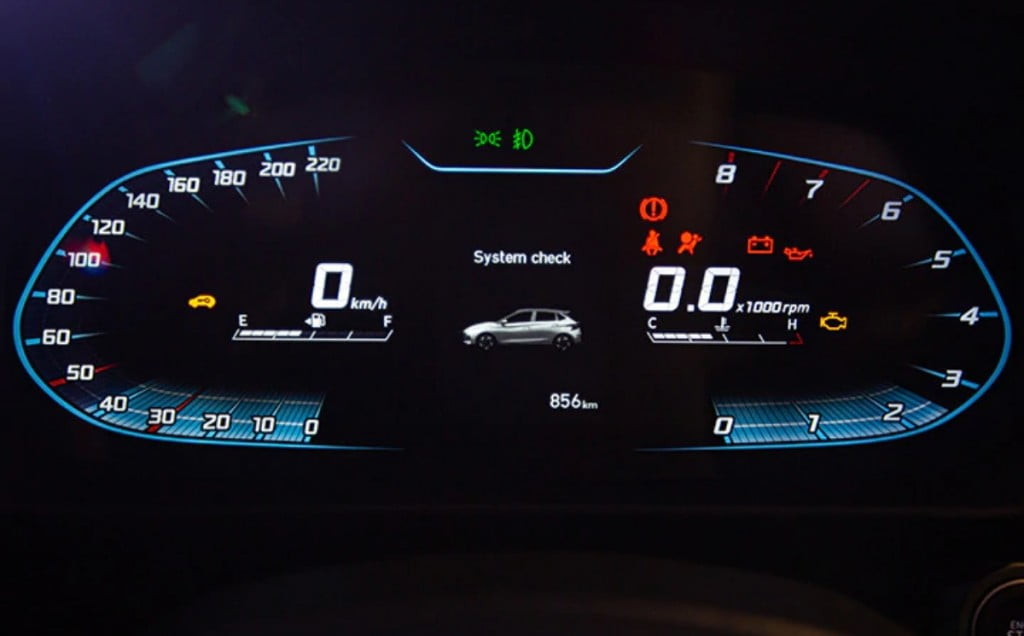
Also Read : Upcoming Car Launches in November – New Hyundai i20 to Audi S5 – Complete List!
Hyundai i20 Safety Features
In terms of safety features, it includes :
- Dual Front Airbags (Standard)
- ABS with EBD (Standard)
- Two Additional Airbags On Top-Spec Trims
- Rear Parking Sensors (Standard)
- Rear Parking Camera
- Speed Alert System
- Auto-Dimming IRVMs
- Front Passenger Seat Belt Reminder
- Rear Defogger
Also Read : Best Discounts on Compact and Sub-Compact SUVs this Festive Season!
Competition Check
The Hyundai i20 is one of the original and oldest premium hatchbacks in the country. It was only much later that a lot of newer manufacturers have entered the segment and its quite competitive now. The Hyundai i20 has always remained a great value for money offering but with this generation update, the price is a little outside the park, particularly towards the top-end trims. Yes, its a lot more premium with lots of features and potent powertrains, but it remains to be seen how popular it actually ends up being. The new Hyundai i20 rivals the likes of the Maruti Suzuki Baleno, Toyota Glanza, the Volkswagen Polo, the Tata Altroz, Ford Figo and Honda Jazz.

